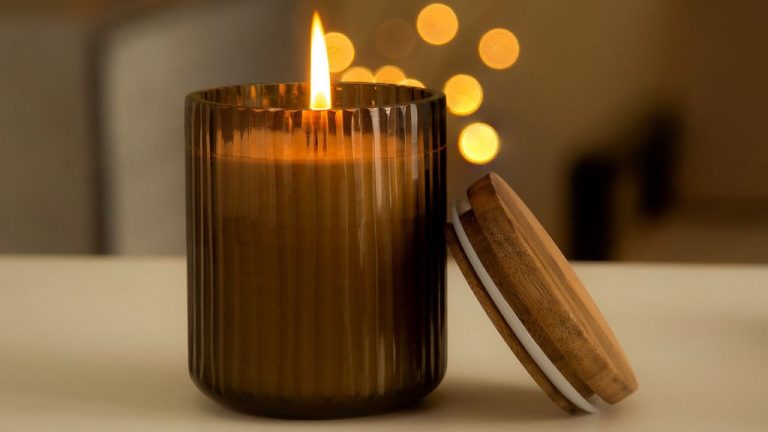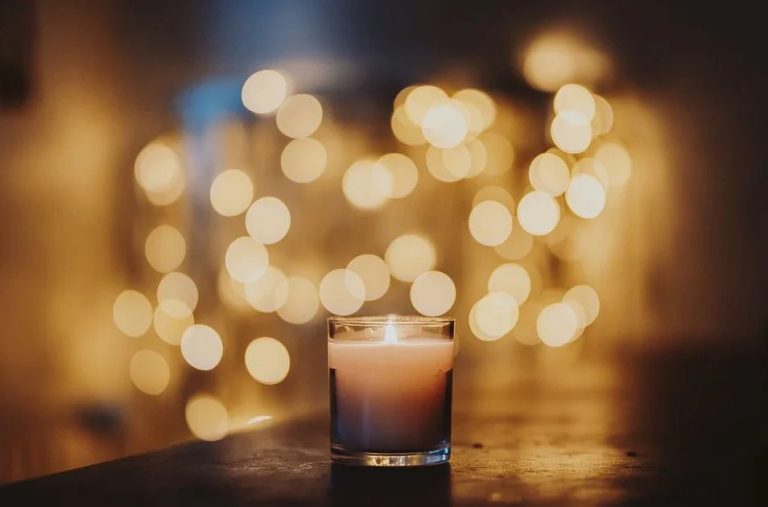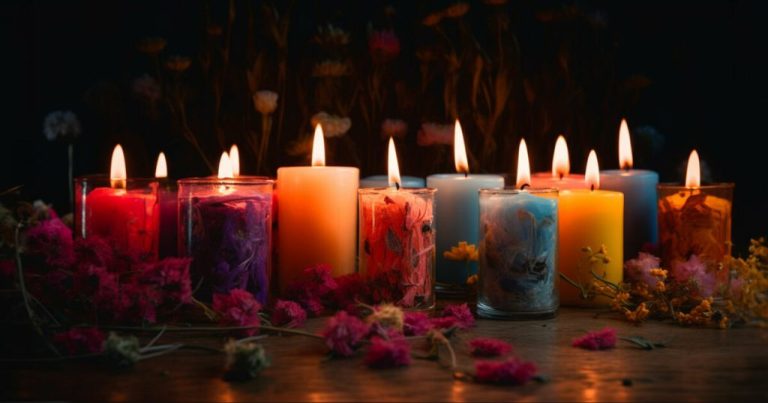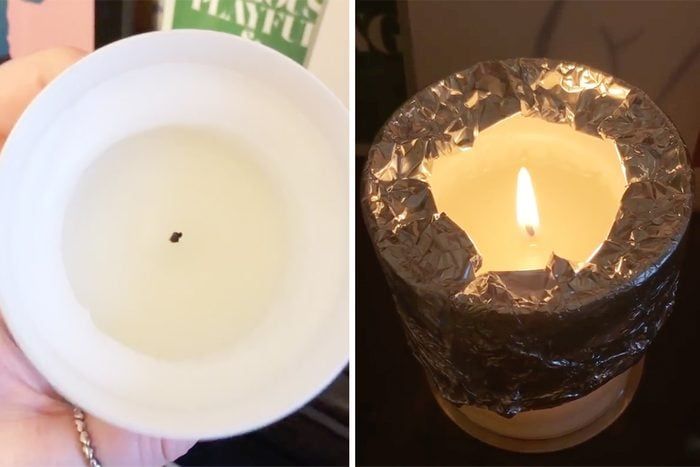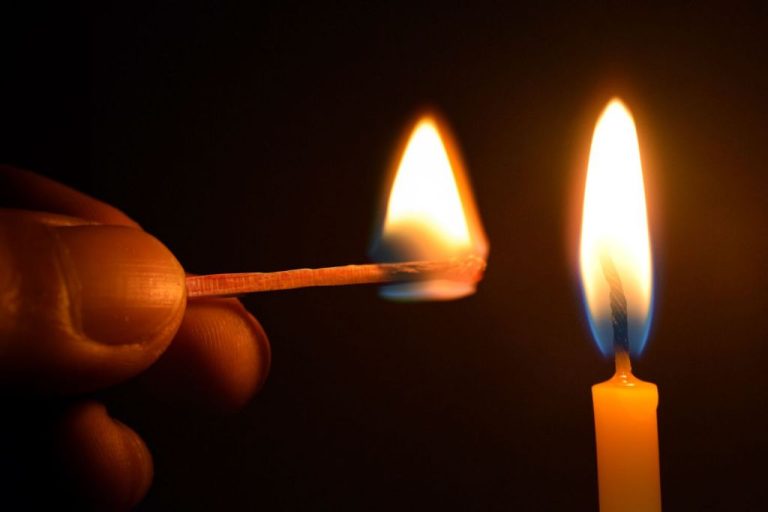When Was A Candle Made?
Candles have played an important role throughout human history as an artificial light source. Evidence suggests candles were used as early as 5,000 years ago in Ancient Egypt and Mesopotamia. Candles provided essential illumination in homes and temples before the advent of electric lighting. While their use declined with the invention of gas lighting and later electric lamps, candles remain popular today for their aesthetic and ceremonial purposes.
The origins of candlemaking lie in the tallow candles made from animal fat. Over time as candlemaking evolved, alternatives to tallow like beeswax, spermaceti from whales, and plant waxes were discovered. Wicks were typically made from plant fibers like flax. Early hand-dipping methods eventually gave way to molded candles. Decorative use of candles became common for events, ceremonies, and religious purposes. Today, while no longer a primary light source, candles continue to hold social, spiritual, and decorative significance in daily life.
Origins
The earliest evidence of candle making dates back to Ancient Egypt around 3,000 BC, although candles may have existed even earlier. Candles during this time were made from beeswax or animal fats like tallow, which is rendered beef or mutton fat. Archaelogical evidence shows that Ancient Egyptians used candles in temples, homes, and tombs for both practical lighting and in religious ceremonies. Wicks were most commonly made from the pithy cores of reeds or palm fronds which would draw liquefied wax or fat up into the flame. Candles and their light were also used symbolically, with beeswax candles representing divinity, and tallow candles representing the human spirit. According to the History of Lighting, some of the earliest candles were made from whale fat in China during the Qin Dynasty around 200 BC.
References:
http://www.historyoflighting.net/lighting-history/history-of-candles/
Ancient Egypt
In Ancient Egypt, candles were used as early as 3,000 B.C. The ancient Egyptians made candles from beeswax as early as 400 B.C.E. The Egyptians were among the first to use wicked candles, rushlights, and molded taper candles. rushlights were made by soaking the pithy core of reeds in melted tallow and allowing it to harden. This was used as a crude candle. Egyptians were also the first to use molded candles. These were made by repeatedly dipping prepared wicks into melted beeswax.
Candles were an important part of Egyptian culture and ceremonies. They were used in temples and tombs to symbolize light and life. Candles were also used in homes to provide light. The ancient Egyptians developed candle-making into an established industry. The wealthiest Egyptians used wax candles, but poor people used tallow candles made of rendered animal fat.
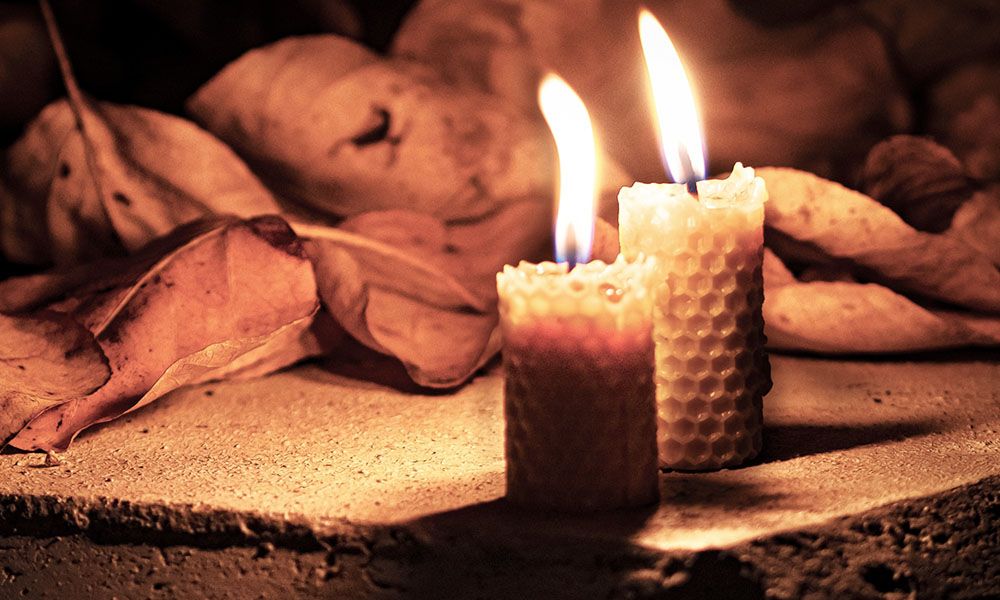
In addition to candles, ancient Egyptians also used simple oil lamps made of stone or ceramic. These lamps were partially filled with oil and had a cotton wick to provide light. Candles and oil lamps were an essential light source in ancient Egypt before the invention of electric lights.
Ancient Greece and Rome
In ancient Greek and Roman societies, candles played an important role in religion, magic, and everyday life. The Greeks believed candles had divine power and used them to honor their gods and goddesses. Candles lit up their temples and were left as offerings at altars and shrines. Beeswax candles were made for the Festival of Lights celebrating the birth of Artemis on the 6th day of every lunar month (https://scentsofelysium.co.uk/blogs/news/how-ancient-greek-candles-were-made-and-used).
The Romans continued using candles in their religious temples. Candles were present at all Roman religious rituals. The Romans also developed wicked candles which burned oil rather than beeswax. Candles even became symbols of status – the richer someone was, the more candles they could afford to burn. By 300 AD, candles were commonly used for lighting in homes.
Candlemaking itself became an artform, with candles shaped into figures from Greek and Roman mythology like Medusa and Venus. Greek and Roman influences can still be seen in modern figural candles (https://anaiscandle.com/collections/candle-collections). Candles illuminated Greek and Roman lives both literally and symbolically.
Middle Ages
Candlemaking advanced in Europe during the Middle Ages between the 5th and 15th centuries. Candles became an important source of light during this time period with candlemakers forming guilds that guarded trade secrets. Beeswax remained the primary candle material, though tallow from cattle or sheep fat was sometimes used as a cheaper alternative. The growth of monasteries in the Middle Ages also contributed to candlemaking, as hourly prayers and services required candles throughout the day and night. Monasteries developed efficient workshops with molding tables to produce large numbers of uniform candles. The Church was also a major consumer of candles, using them for religious ceremonies and to represent Christ as the light of the world. Candlemaking itself took on spiritual meaning, with the wax seen as a symbol of the Catholic Church and the wick and flame representing Jesus. While most candlemaking was done by specialized trades people, candles were also commonly made in the home using melted down leftover wax from church candles. The candle played an essential role in daily life, extending light and work hours within the home.
Renaissance to Industrial Era
During the Renaissance era from the 14th to 17th centuries, candlemaking saw improvements in production and quality. Candles were made from tallow, wax, and spermaceti (from sperm whales). Wicks were braided to help prevent guttering and achieve an even burn. Candle molds enabled mass production and uniform sizes. By the 17th century, spermaceti candles were developed as a cleaner burning alternative to tallow candles. Candle production was an important craft and industry during this time period.
In the 18th century during the Industrial Revolution, major developments occurred in candlemaking. In 1750, spermaceti candles were found to be superior for illumination. New techniques allowed spermaceti to be extracted more efficiently from sperm whales. The sperm whale became the main source of candlemaking materials. The whaling industry expanded dramatically to meet demand. In 1783-1784,tingham, England, Joseph Warsop patented new roller presses for candle production, enabling faster output. Candle molds from tin and glass improved candle shapes and burning.
Sources:
https://en.wikipedia.org/wiki/History_of_candle_making
The History of Candle Making: From Ancient Civilizations to Modern Day
Industrial Revolution
The Industrial Revolution in the 18th and 19th centuries led to major advancements in candle making through mechanization and mass production.1 In 1820, French chemist Michel-Eugène Chevreul determined that the main component of tallow and beeswax was a fatty acid that he named stearic acid.2 This discovery paved the way for stearin candles, made from stearic acid derived from animal fats or palm oils. Stearin candles burned brighter and were cheaper to produce than traditional tallow candles.
Mass production methods were soon applied to candle making. In 1834, Joseph Morgan patented a machine to mechanize candle production.1 This allowed candles to be produced on a much larger scale than ever before. Factories dedicated to candle making opened during this time as production shifted from small candle shops to industrial manufacturers. The price of candles dropped significantly, making them affordable to the general population rather than just the wealthy.
Paraffin wax, derived from petroleum and coal shales, was introduced in the 1850s.2 Paraffin burned cleanly and was cheaper than beeswax, quickly becoming the dominant candle fuel. With industrialized production methods and inexpensive paraffin, candles transitioned from luxury goods to inexpensive commodities during the 19th century.
Modern Era
Candlemaking saw several innovations starting in the early 20th century. In 1914, L&I Branc produced candles made from paraffin wax, a petroleum byproduct, which burned cleaner and was more economical than animal-based waxes like tallow.
New wicking materials like cotton gave modern candles a steadier, brighter flame. Candle manufacturers began using dyes and scents to make decorative and scented candles. The growth of electricity reduced demand for candles for lighting, but they remained popular for religious and decorative uses.
In the 1950s, new formulations like gel wax expanded the possibilities for candlemaking. Artists like Lenox and other manufacturers helped revive interest in candlemaking as an artisanal craft. The 1970s saw a surge of popularity in scented candles. Today, candlemaking is a multi-billion dollar industry globally, with an ever-increasing array of materials, scents, and designs.
Current Trends
In recent years, candlemaking has seen a resurgence in popularity, largely driven by social media and video platforms like TikTok and YouTube. DIY candlemaking has become a popular craft and hobby, with influencers and everyday users sharing innovative techniques andcandle designs.
Some of the biggest trends in modern candlemaking include:
- Layered candles – Candles with two or more layers of different colored wax and scents.
- Embedded objects – Candles with objects like dried flowers, seashells, or trinkets embedded in the wax.
- Geode candles – Candles made to resemble the look of geodes when cut open, with a crystalized effect.
- Zodiac and astrology candles – Candles designed around zodiac signs and astrological themes.
- Scent trends – Popular scents like coconut, lavender, eucalyptus, and seasonal scents.
The creativity of candlemakers today seems endless, with new ideas and trends constantly emerging. Social media allows candlemakers to easily share their designs and find inspiration. While traditional candles are still popular, there is more innovation in candle style, shape, scents, and colors than ever before.
Conclusion
Candles have played an important role throughout human history, from ancient times to the modern day. The ability to create fire and light in the darkness was invaluable to early civilizations like Egypt, Greece and Rome. Candles were an essential light source before electricity, used in homes, churches and workshops. Despite advances in lighting technology, candles remain popular for their beauty, ambience and symbolic meaning. From religious ceremonies to birthday cakes, candles continue to be used in celebrations, rituals and moments of reflection. After thousands of years of illuminating our lives, the simple candle still holds power to create beauty, meaning and connection.

